Meet The Legendary Filipino Basketball Team Who Defeated China in Asian Olympics
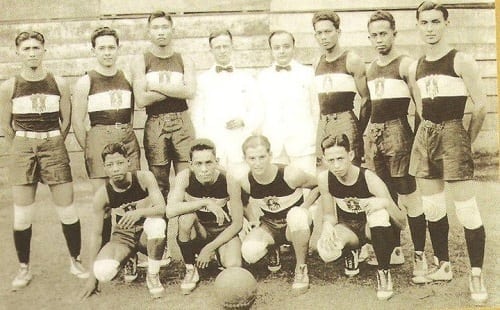
Long before they became the literal and figurative basketball giants of today, Chinese cagers were like any other newbies–inexperienced and with no gold medal to be proud of.
In fact, instead of China lording it over us, it was the other way around when the Philippines first joined international basketball. The year was 1913, and basketball in the country was still in its formative years. Nonetheless, the Filipino cagers reigned supreme in the first ever Far Eastern Games–considered to be Asia’s version of Olympics–beating delegates from Japan and China.
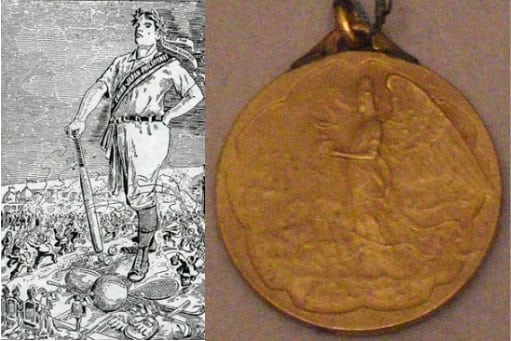
How China turned things around after that first defeat is beyond the scope of this article, but it provides a perfect backdrop to our nation’s struggle to dominate a sport that clearly favors those with height advantage.
The Far Eastern Games, also the precursor of Asian Games, was the culmination of the colonizers’ efforts to introduce Western sports in the region. It was the brainchild of then newly-established Philippine Amateur Athletic Foundation (PAAF) whose goal was to provide “play for every body.”
Led by Elwood S. Brown, who was also the director of Y. M. C. A. in Manila, the organization was able to convince China and Japan to bring their delegates to Manila and participate in the “First Oriental Olympic Games,” later renamed into Far Eastern Games.
And so in 1913, the three countries battled it out at the Manila Carnival Grounds, all armed with a goal to achieve athletic supremacy.
Related Article: The Filipino Pirates Who Terrorized China in 1174 AD
The decision to held the games in Manila in February had given the Philippine team a unique advantage. The winter season basically prevented the foreign athletes from training outdoors a few weeks before the scheduled tournament. The homecourt advantage also did help: the Philippine team eventually dominated not just basketball but the entire FE Games itself.
Philippines was the overall winner of that year’s athletic meet, and it was all uphill from there. Well, almost.
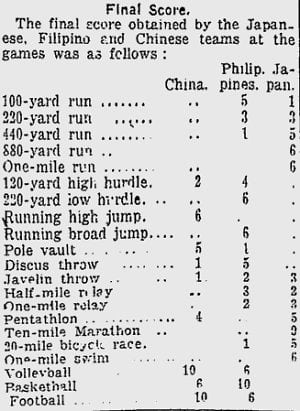
From 1913 until the abolition of Far Eastern Games in 1934 due to a political dispute, the Philippine basketball team won an impressive nine out of ten championships. the Philippines won the overall title in 1921, but failed to seize the basketball crown from the Chinese who beat them, 30-27, due to what others described as “bad officiating.” It was a painful defeat, and our delegates probably promised to train harder next time.
Did you know? Girls, not boys, played the first basketball game in the Philippines
And trained hard, they did. The Philippine basketball team came back with a vengeance: the Chinese players were outmatched by Filipino cagers like Lou Salvador whose record-setting 116 points helped them recapture the gold medal in 1923.
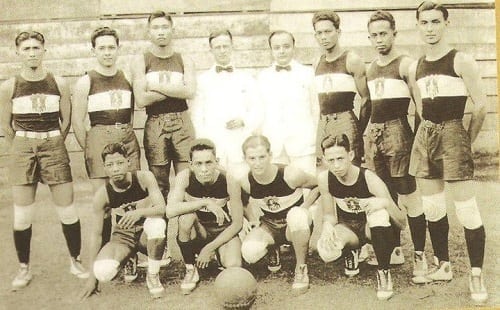
The end of Far Eastern Games was just the beginning of the Philippine basketball team’s climb to victory. In 1936, they finished 5th in the 1936 Berlin Olympics, an achievement yet to be surpassed by any Asian team. They also dominated the first Asian Games in 1951, winning a gold medal followed by three more: in 1954, 1958, and 1962.
Philippine basketball will not be what it is today if not for the pioneers who, aside from dominating the Far Eastern Games, also paved the way for all future Filipino cagers. Unfortunately, not much is known about these players who once defeated the now-powerful Chinese team.
Also Read: 10 Greatest Filipino Athletes You’ve Never Heard Of
According to Philippine Daily Inquirer’s Manolo R. Iñigo, all the information about these legendary Filipino basketball heroes “were either destroyed or burned during the Pacific War while those that were spared and subsequently stored at the Rizal Memorial Sports Complex were either misplaced or lost during the floods which devastated the aging RMSC grounds.”
Among the forgotten stars of the Far Eastern Games, Manolo added, are the following: “former Secretary of Justice Jose F. Bengzon, who represented the Philippines in the Tokyo Games in 1917 and in Manila in 1919; Mariano Filomeno, a Letran College Hall of Famer; Jovito Gonzales and Augusto Bautista, who hold the distinction of carrying the national colors in record times at the FE Games; Mariano Sangle, high scoring Lou Salvador, all-around Vicente Avena, Tirso Garcia and John Schlobohm, who later coached the 1949 NCAA champion team Mapua Tech Cardinals.”
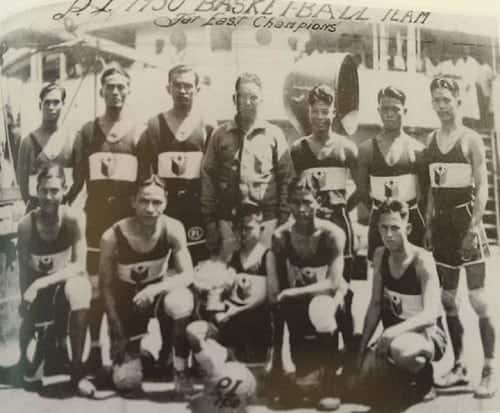
A lot of things have changed since basketball first penetrated our society in the early 1900s. The former losers are now the force to be reckoned with in Asian basketball. The victors of yesterday, on the other hand, are now struggling to bring Philippine basketball back to its former glory.
Will history repeat itself? Only time will tell.
References
England, F. (1926). History of the Far Eastern Athletic Association. Official Bulletin Of The International Olympic Committee, pp. 18-19. Retrieved from http://goo.gl/908jhx
Iñigo, M. (2000). Heroes. Philippine Daily Inquirer, p. B11. Retrieved from https://goo.gl/QEDBlK
Iñigo, M. (2005). Reminiscence. Philippine Daily Inquirer, p. A28. Retrieved from https://goo.gl/ZGggDW
Iñigo, M. (2006). Regaining RP’s lost glory. Philippine Daily Inquirer, p. A20. Retrieved from https://goo.gl/CM2L96
Regional and Sub-regional Games. (2012) (1st ed., pp. 20-21). Retrieved from http://goo.gl/RCpfQG
The Toronto World,. (1917). Japanese Runners Win Championships, p. 8. Retrieved from https://goo.gl/Px4QQG
Written by FilipiKnow
FilipiKnow
FilipiKnow strives to ensure each article published on this website is as accurate and reliable as possible. We invite you, our reader, to take part in our mission to provide free, high-quality information for every Juan. If you think this article needs improvement, or if you have suggestions on how we can better achieve our goals, let us know by sending a message to admin at filipiknow dot net
Copyright Notice
All materials contained on this site are protected by the Republic of the Philippines copyright law and may not be reproduced, distributed, transmitted, displayed, published, or broadcast without the prior written permission of filipiknow.net or in the case of third party materials, the owner of that content. You may not alter or remove any trademark, copyright, or other notice from copies of the content. Be warned that we have already reported and helped terminate several websites and YouTube channels for blatantly stealing our content. If you wish to use filipiknow.net content for commercial purposes, such as for content syndication, etc., please contact us at legal(at)filipiknow(dot)net